The coral-eating crown of thorns starfish that devastate tropical reefs can lie in wait as harmless young herbivores for more than six years while coral populations recover from previous attacks or coral bleaching, new research has shown.
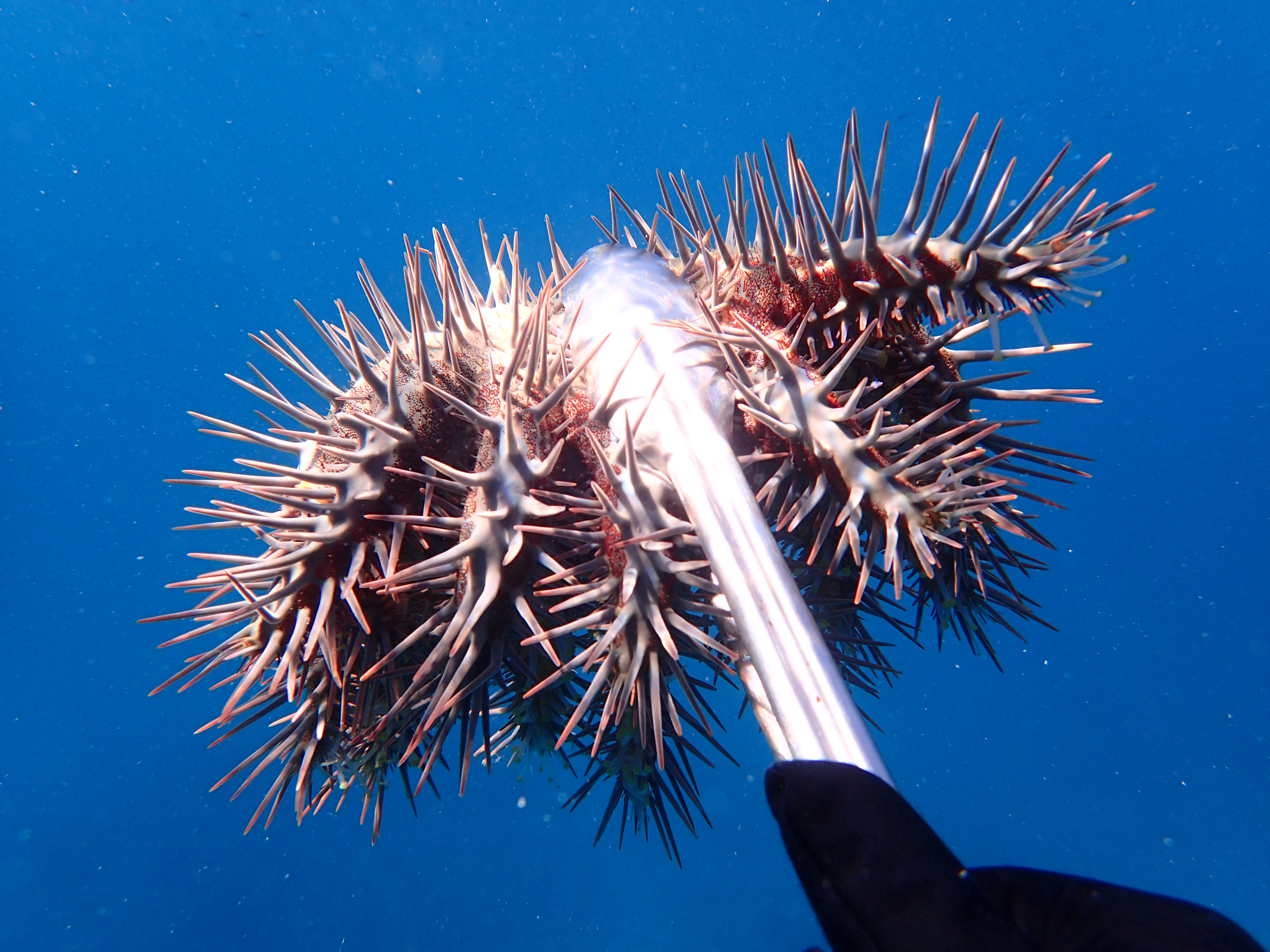
news, journals and articles from all over the world.

The coral-eating crown of thorns starfish that devastate tropical reefs can lie in wait as harmless young herbivores for more than six years while coral populations recover from previous attacks or coral bleaching, new research has shown.
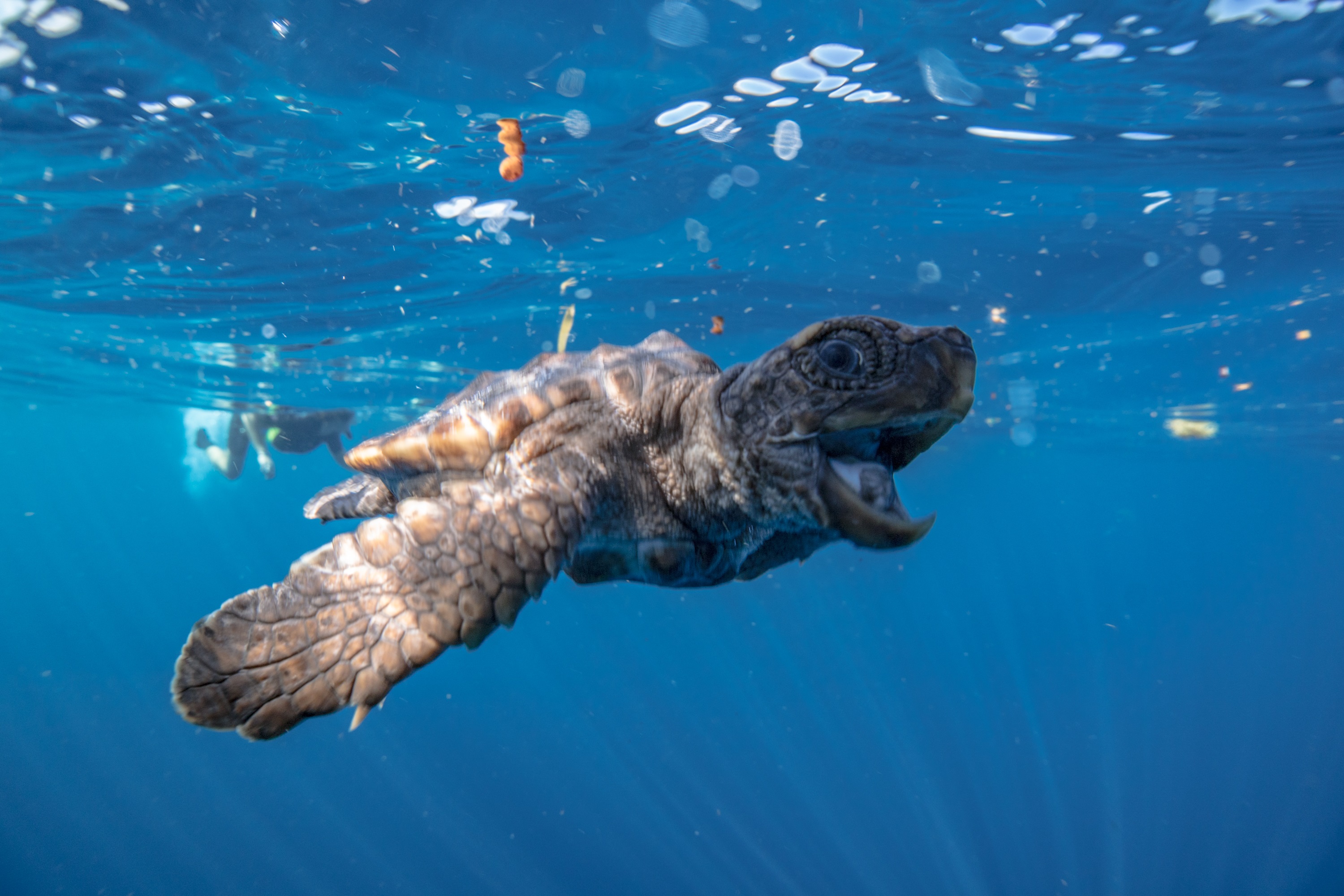
Scientists have developed a new minimally invasive technique that greatly enhances the ability to measure neonate turtle sex ratios. This is the first time that differences in sex-specific protein expression patterns have been identified in blood samples of hatchlings with temperature-dependent sex determination. The technique is a crucial step in assessing the impact of climate change on imperiled turtle species and will enable more accurate estimates of hatchling sex ratios at a population level and on a global scale.
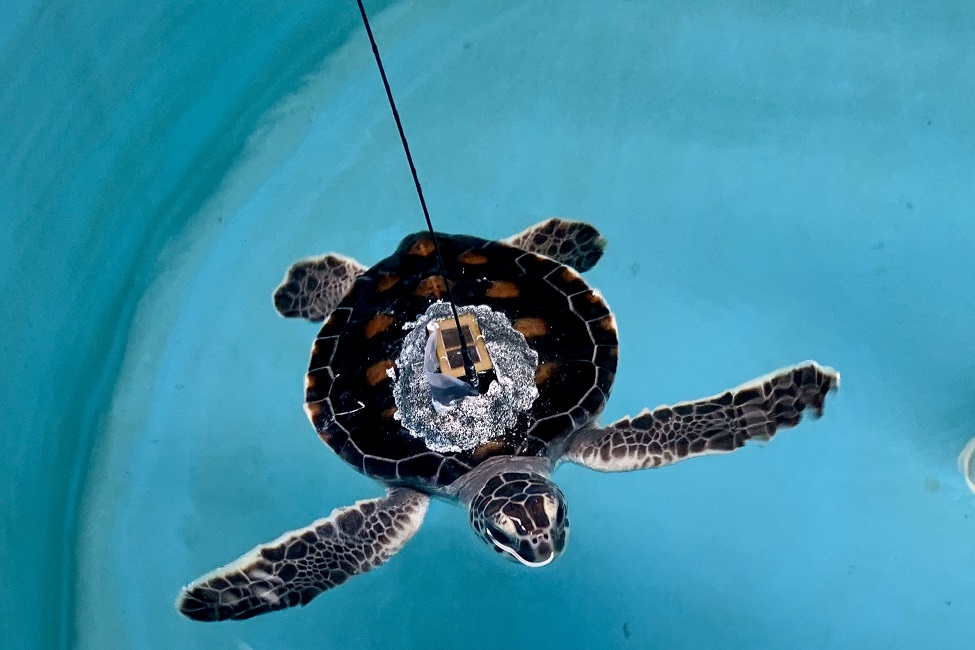
Beach closures and other COVID-19 pandemic restrictions required scientists to get creative. They teamed up with the U.S. Coast Guard to make sure that three baby green sea turtles made it home. The turtles were outfitted with small solar powered satellite transmitters. Data will provide information to help scientists preserve sea turtles’ habitats and give them a hint about the effects of warmer temperatures on their offshore behavior.
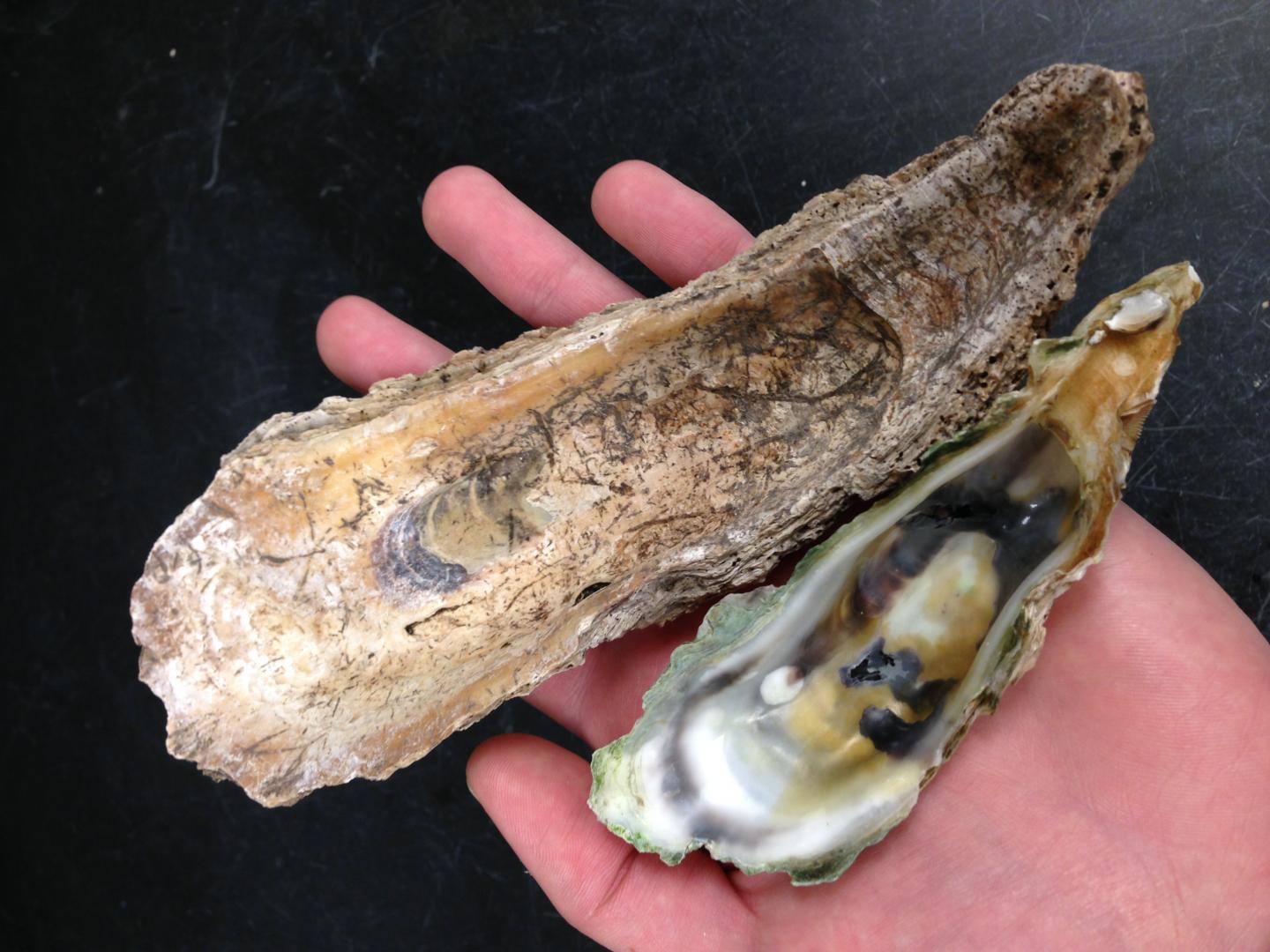
Hundreds of years ago, colossal oysters were commonplace across much of Florida’s northern Gulf Coast. Today, those oysters have disappeared, leaving behind a new generation roughly a third smaller – a massive decline that continues to have both economic and environmental impacts on a region considered by many to be the last remaining unspoiled coastlines in the Gulf.
In this week’s issue of Science, marine scientists make the case for the United Nations to include mobile marine protected areas in the U.N. Convention on the Law of the Sea, or UNCLOS, now being updated since its last signing in 1982.

Those nice new clothes you got for Christmas or in the new year sales might just last longer, thanks to advice from scientists researching the impact washing machines have on clothes and the environment.
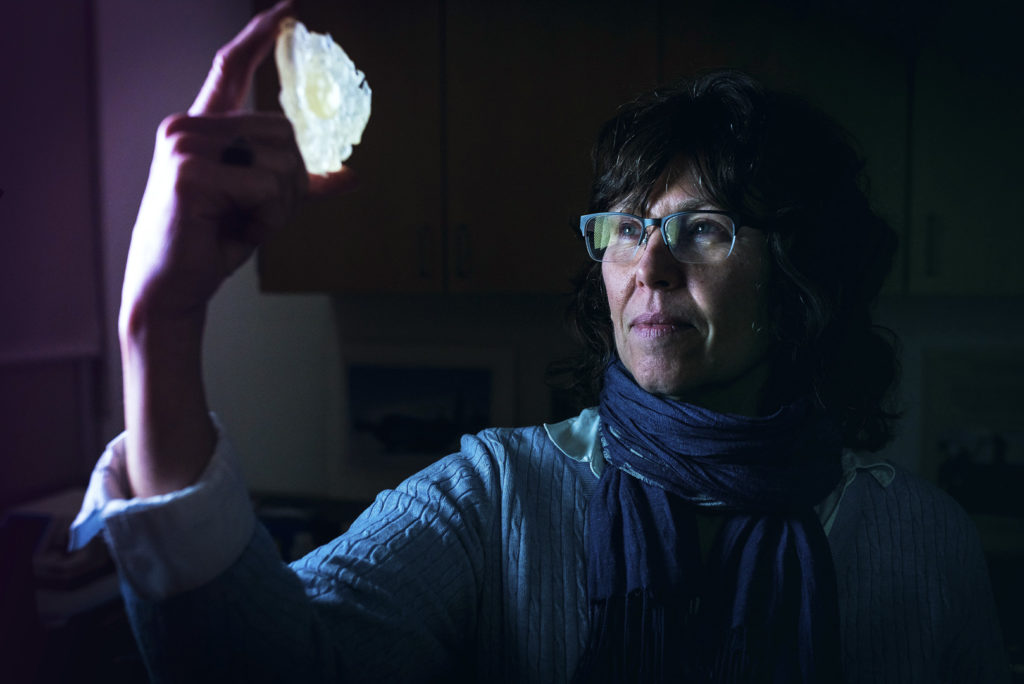
A marine geobiologist falls for the ‘brains’ and beauty of an ancient single-celled creature that can change its shell into a variety of geometric shapes.

Those beaches, as we know them today at least, almost certainly will not last. By the end of the 21st century, more than $150 billion in property along our coast could be under water. That’s because the level of the sea is rising at an alarming rate, putting these areas at risk for devastating floods.
New research shows that long-term changes in diseases in ocean species coincides with decades of widespread environmental change.
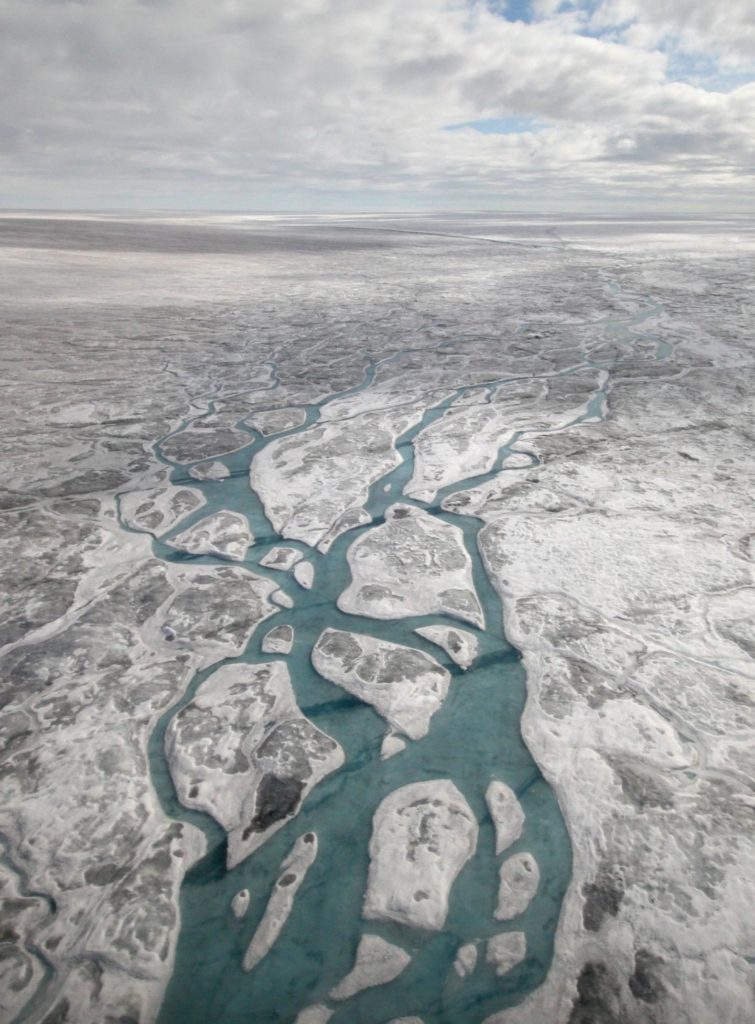
Researchers have discovered 56 previously uncharted subglacial lakes beneath the Greenland Ice Sheet bringing the total known number of lakes to 60 Researchers have discovered 56 previously uncharted subglacial lakes beneath the Greenland Ice Sheet bringing the total known number…
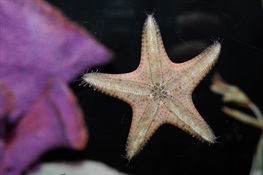
Each year, WCS scientists author or co-author nearly 300 peer-reviewed studies and papers. “WCS 3 Sentence Science” is a regular tip-sheet – in bite sized helpings – of some of this published work. 1. Sea star wasting disease has killed millions of…
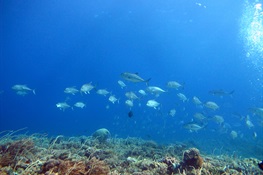
Each year, WCS scientists author or co-author nearly 300 peer-reviewed studies and papers. “WCS 3 Sentence Science” is a regular tip-sheet – in bite sized helpings – of some of this published work. 1. Researchers used ten “ecosystem approach indicators” to assess…